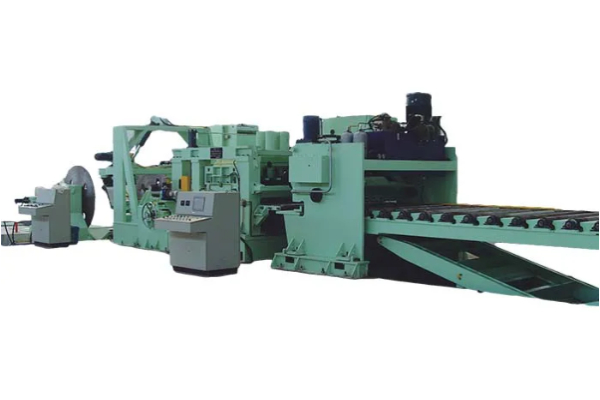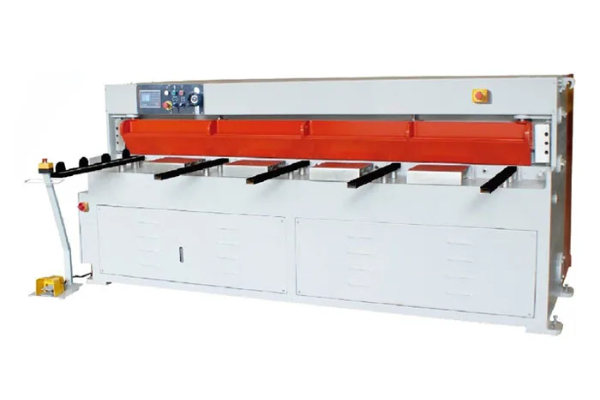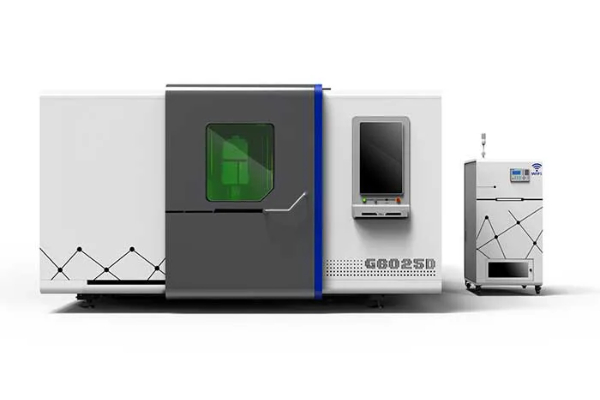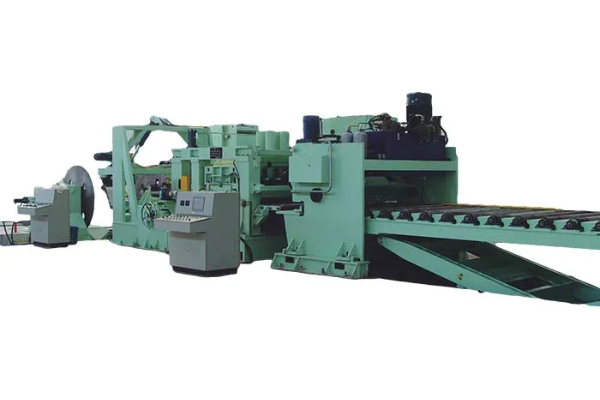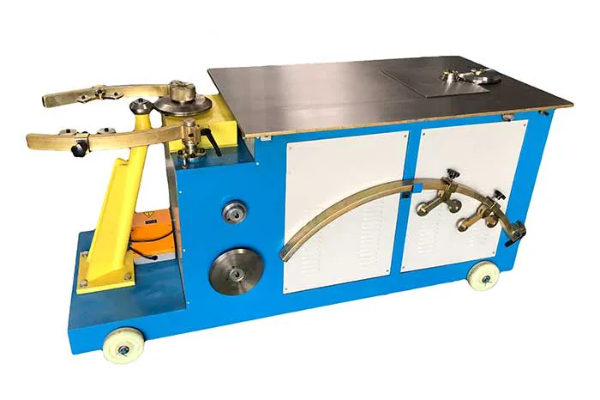
How to Evaluate Sheet Metal Cutting Machines for Precision and Accuracy
- By:Metmac
- 2024-08-01
- 151
Sheet metal cutting machines are essential tools for industries that work with metal, such as manufacturing, construction, and automotive. They come in various types, from manual guillotine shears to CNC laser cutters, each with its own capabilities and precision levels. Evaluating these machines for precision and accuracy is crucial to ensure they meet the specific requirements of an application.
Factors to Consider
Accuracy
Accuracy refers to how well the machine’s cuts align with the desired dimensions. It is influenced by several factors:
– Tooling Quality: The accuracy of the cutting tool, such as the blade or laser beam, significantly impacts the overall accuracy of the machine.
– Machine Rigidity: A rigid machine frame and sturdy components minimize flexure and vibration, leading to more accurate cuts.
– Calibration and Maintenance: Regular calibration and proper maintenance ensure the machine operates within specified tolerances.
Repeatability
Repeatability is the ability of the machine to produce consistent cuts, even when cutting multiple pieces of the same material. Key factors to consider include:
– Machine Control: Advanced control systems ensure precise movements, reducing variations in cut quality.
– Material Handling: Efficient material handling systems prevent material shifts, leading to more repeatable cuts.
– Operator Skills: Skilled operators can optimize machine settings and minimize errors.
Cutting Quality
Cutting quality refers to the cleanliness and precision of the cut edge. Factors that influence it are:
– Material Characteristics: Different materials have unique cutting properties that affect the edge quality.
– Cutting Method: Specific cutting technologies, such as laser cutting or waterjet cutting, produce different edge characteristics.
– Tool Configuration: Proper blade or laser beam alignment and sharpness create clean and precise cuts.
Machine Specifications
The machine’s specifications provide valuable insights into its potential accuracy and precision:
– Resolution: The resolution of the machine’s control system determines the smallest incremental movement it can make.
– Accuracy Tolerance: The manufacturer’s specified accuracy tolerance indicates the maximum allowable deviation from the desired dimensions.
– Repeatability Tolerance: The repeatability tolerance specifies the maximum deviation between multiple cuts.
Cutting Tests
Actual cutting tests can provide empirical evidence of the machine’s precision and accuracy. This involves cutting samples of the intended material and measuring the dimensions of the cuts to compare them with the desired specifications.
Conclusion
Evaluating sheet metal cutting machines for precision and accuracy is essential to make informed decisions when choosing the right equipment for a specific application. By carefully considering factors such as accuracy, repeatability, cutting quality, machine specifications, and cutting tests, manufacturers can ensure they have the optimal machine for their needs.
-
Advanced Sheet Metal Rolling, Cutting, and Folding Machines for Efficient Fabrication
2025/10/22 -
High-Precision Sheet Metal Bending and Cutting Solutions for Modern Manufacturing
2025/10/22 -
High-Precision Solutions from Leading Sheet Metal Cutting Machine Manufacturers
2025/09/11 -
Reliable Sheet Metal Equipment for Sale to Support Precision Fabrication
2025/07/17
-
Advanced Sheet Metal Rolling, Laser Cutting, and Folding Machines for Precision Fabrication
2025/10/31 -
High-Performance Sheet Metal Bending and Cutting Machines for Modern Fabrication
2025/10/31 -
High-Quality Sheet Metal Equipment for Sale: Efficient Solutions for Modern Manufacturing
2025/10/31 -
High-Performance Sheet Metal Equipment for Sale: Forming and Shearing Solutions for Modern Fabrication
2025/10/22
-
A Guide to the Latest Innovations in Sheet Metal Folding Machines
2024/11/29 -
Key Features to Consider When Investing in a Sheet Metal Folding Machine
2024/11/28 -
Enhancing Precision with Advanced Sheet Metal Folding Machines
2024/11/27 -
How to Choose the Right Sheet Metal Folding Machine for Your Workshop
2024/11/26
